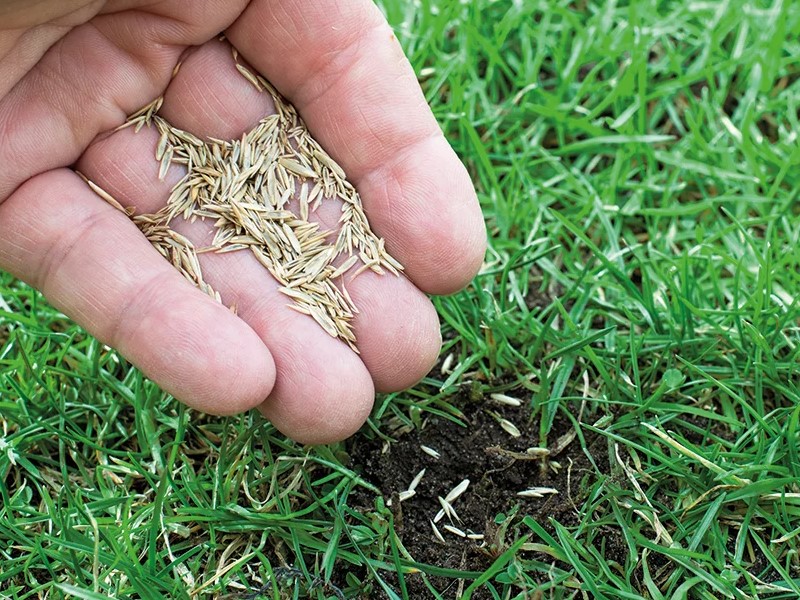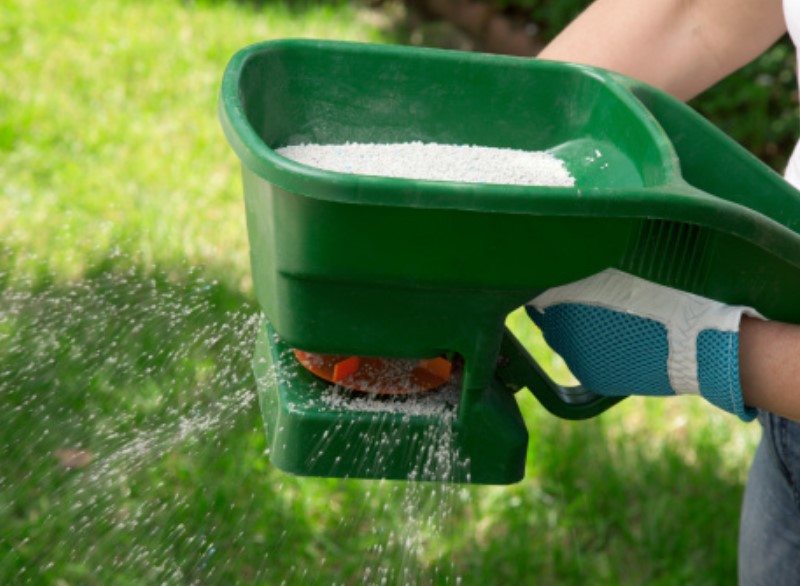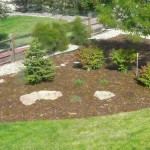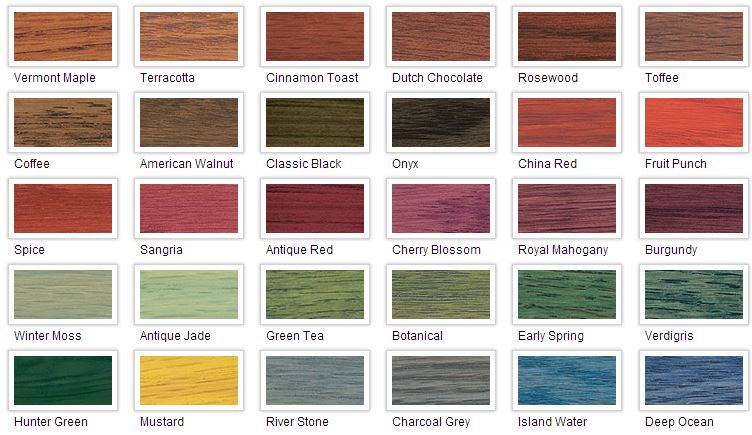No one appreciates a crusty, patchy, and brown lawn that looks like it can use some watering and TLC. If you have always dreamt of a thick and lush lawn that will make your neighbours go green with envy (pun intended), the first and most important secret you need to learn is the right way of planting grass seed.
It doesn’t matter if you like to spruce up your remaining grass that is still fighting for their lives or if you like a brand new lawn altogether, seeding your yard is a cheap and easy project you can do on your own on a weekend or two.
All you have to do is prep the soil, spread the seeds, apply mulch and grass fertilizer, and you’re good to go. Of course, you always have the option to just hire a lawn care expert who’ll get their hands dirty on your behalf instead.
But if there is one tool that you should always have in your arsenal when seeding your lawn, it’s none other than patience. Just so you know, traditional seeding is considered the slowest method of growing grass although it’s undoubtedly the cheapest.
Read on below to learn some tips on how to choose the perfect seed that will make your green verdant alive again so that you can proudly show off to everyone.
Table of Contents:
Decide Between Cool and Warm Season Grass Seed
With all the different names popping up here and there, it can feel overwhelming to find the best grass that suits your lawn. Since you will also grow natural grass seeds, you also have more grass types and varieties you can choose unlike with sod or hydroseeding.
However, don’t let that long list of options discourage you. Thankfully, it’s easier than it seems to narrow down your options.

So far, there are two primary categories of grass type, specifically cool season and warm season grasses. The most ideal type for your lawn depends on the area or region where you live. Cool-season grasses tend to grow best in places with colder temperatures, while warm-season grasses thrive best in temperatures that remain warm all year round.
If you happen to live in a place with frigid winters and mild summers, you might want to stick with cool-season grasses. On the other hand, if your area endures scorching summers but short winters, you might want to shop for warm-season grasses.
The most common and popular types of cool-season grasses include Bentgrass, Creeping fescue, Fine fescue, Kentucky bluegrass, Perennial ryegrass, and Tall fescue. Meanwhile, the perfect examples of warm-season grasses include Bahiagrass, Bermudagrass, Buffalo grass, Centipedegrass, and Zoysiagrass.
But what if you’re in an area with freezing winters and boiling summers? Warm-season grass may fare well during the summer months but might have a hard time enduring the winter. Conversely, cool-season grasses will thrive in winter but will get fried once summer months kick in.
If this is the case, the best solution you can consider is to look for grass seeds with good tolerance to temperature. If you prefer cool-season turf, choose a cultivar with high heat tolerance. But if you like warm-season grass, look for one that is more tolerant to cold compared to warm-season grasses.
Bermudagrass, Kentucky bluegrass, Perennial ryegrass, tall fescue, and Zoysiagrass are some of the common cool and warm-season lawn grasses that you can consider if your area experiences extreme temperatures. The warm season grass St. Augustinegrass is not commercially available in seed form as it must grow from plugs or sod.
Know Your Needs
Every grass will have its own maintenance and tolerance levels. Consider your turf needs first to determine the right type of grass for you.
Is your lawn the favorite spot for badminton tournaments or cookouts among your family and friends? If yes, then, you’d be better off with grass seeds with high tolerance to extreme foot traffic.

Is there a water scarcity in your area? Make sure you are off for a type of grass that can endure drought or doesn’t require plenty of water just to thrive and survive. Some other factors you need to consider include cold tolerance, diseases, heat, pests, and shade.
There is also a significant variation in terms of maintenance levels. Certain grass types need rigorous and attentive care but others don’t even need as much as a second glance. For instance, while it might be tough to maintain Bermudagrass, it can produce a high-performing lawn.
Always consider if you have the money, energy, and time for a high-maintenance lawn. But if not, you might want to stick with low-maintenance turfgrass such as tall fescue.
Learn the Price
Every grass type differs in price tag. Some grasses tend to be pricier than others, which depends on their tolerances, cultivar type, maintenance levels, and quality. Prices may also be higher if you will buy from a quality brand of grass seed.
A bag of seeds has an average cost of $1.35 to $7.04 per pound. Meanwhile, a 20-pound bag of seed can range from $27 to $141 depending on the type of grass in question.
Seed Mixes vs. Seed Blends
Every time you go shopping for grass seeds, you might have noticed how some bags contain seed mixes while others contain seed blends. How do these two differ, anyway? A seed mix is the combination of several grass species. Meanwhile, a seed blend is the combination of two cultivars or more of one grass species.
Why are these seed mixes and blends beneficial? When you plant two or more types of grass, you can make up for the low tolerances of one grass type.
For instance, the grass you planted has outstanding resistance to drought but is not tolerant to foot traffic. If this is the case, it will be great if you can pair this with another cultivar or species with excellent tolerance to foot traffic.
Grass Fertilizer and Seed Combo
There are also grass seed bags containing a combination of starter grass fertilizer and seed. The fertilizer will endow an extra boost to your grass and help it grow faster. Remember that getting the combination of starter fertilizer and the seed will often cost higher than the seeds alone.











